Explore a Treasure Trove of Folk Horror on Shudder
Though the subgenre itself has existed for decades, the term “Folk Horror” is relatively new. It also doesn’t have any one definition. All it really means is horror based in some way on folk traditions. This can mean folklore, “old religion” (i.e. pre-Christianity), or just the general fear of people with different beliefs. Filmmaker Kier-La Janisse explores all the myriad forms and history of Folk Horror in her amazing documentary Woodlands Dark and Days Bewitched: A History of Folk Horror. To go along with the home release of that film, Severin Films put out an amazing box set of 19 films. Now, horror streaming service Shudder has included a number of these films, plus the documentary, to stream right now.
I pre-ordered the Severin box set, All the Haunts Be Ours: A Compendium of Folk Horror, pretty much immediately once they announced it. It’s one of the best and most thoroughly researched and curated box set I’ve ever seen. Tons of extras, a terrific companion book full of information and essays, gorgeous presentation. I would highly recommend it to anyone. But I also know not everyone loves dropping two bills on a box set of movies you’ve never seen. So I’m going to take you through the offerings from the box set available right now on Shudder.

First and foremost, if you watch nothing else, I implore you to watch Woodlands Dark and Days Bewitched. Yes it’s over three hours long. However, it’s nicely episodic to watch in chunks. It’s an essential watch. Do not skip this one.
The Folk Horror Big Three

Though not included in the box set, the documentary starts with explorations of “The Big Three” folk horror movies. All three came from England and give us the basis, at least here in the West, for the subgenre. Michael Reeves’ Witchfinder General from 1967 depicted a real-life, self-appointed “Witchfinder” named Mathew Hopkins (played by Vincent Price at his most despicable). During the English Civil War in the 1600s, Hopkins roamed the villages and countryside enacting horrible tortures on whomever he wanted, using the accusation of witchcraft as an excuse.
Next is Piers Haggard’s 1971 movie The Blood on Satan’s Claw, a movie that shows a group of young people in the 18th century who are in league with the devil himself, going fully into debauchery, torture, and sacrifice. Haggard himself is believed to have coin the term “folk horror” in an interview some years later, though that’s not entirely accurate.

And finally the most well-known, and easily the best, of the bunch. Robin Hardy’s 1973 movie The Wicker Man. Try to forget the terrible Nicolas Cage remake from a decade ago; the original Wicker Man is easily one of the most upsetting and strange movies of the canon. A puritanical police constable heads to the small rural island of Summerisle on a tip about a missing girl. The residents don’t seem to know what he’s talking about, and he judges their “pagan” beliefs as they prepare for their annual harvest festival. Bad times ensue.
Shudder has all three of these movies available to stream.
Eastern European Folk Horror
The movies I perhaps knew the least about going in to the box set were the ones from Eastern Europe. They also happened to be among my favorites. They tend to deal with rural communities dealing with some version of famous monsters.
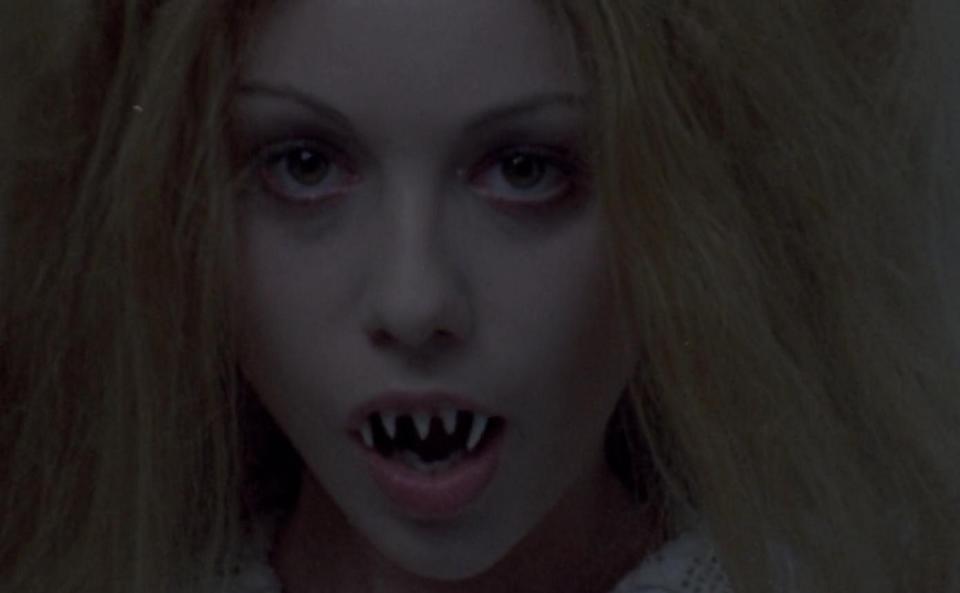
The Serbo-Croatian movie Leptirica (or The She-Butterfly) is a lively and quick 65-minute movie from 1973 in which a notorious vampire plagues a village, killing each milliner in succession. A young man unwittingly takes on the danger of becoming the next milliner in order to impress the wealthiest landowner in town so that he might marry the man’s daughter. It does not go well for him.
We also have two really great Polish movies. The first is a 1970 movie called Lokis, which is a decidedly handsome slow-burn movie set in the 19th century. A professor travels to Lithuania at the behest of a young count. When he arrives, he learns that the count’s mother has gone mad after suffering a bear attack in her youth. The peasants all believe the count is himself the offspring of the bear, and grisly (ha) attacks seem to bear (ha) that out.
Finally we have Wilczyca, or She-Wolf, from 1983. It takes place in 1848 and follows a cavalry officer who agrees to look after a nobleman’s house and wife during a forced exile. The countess, we learn, is a lustful creature who quickly takes up with an Austrian army captain. The cavalryman is convinced she is the reincarnation of his own wife’s vengeful spirit, promising to return as a she-wolf to haunt him.
Russian Folk Horror
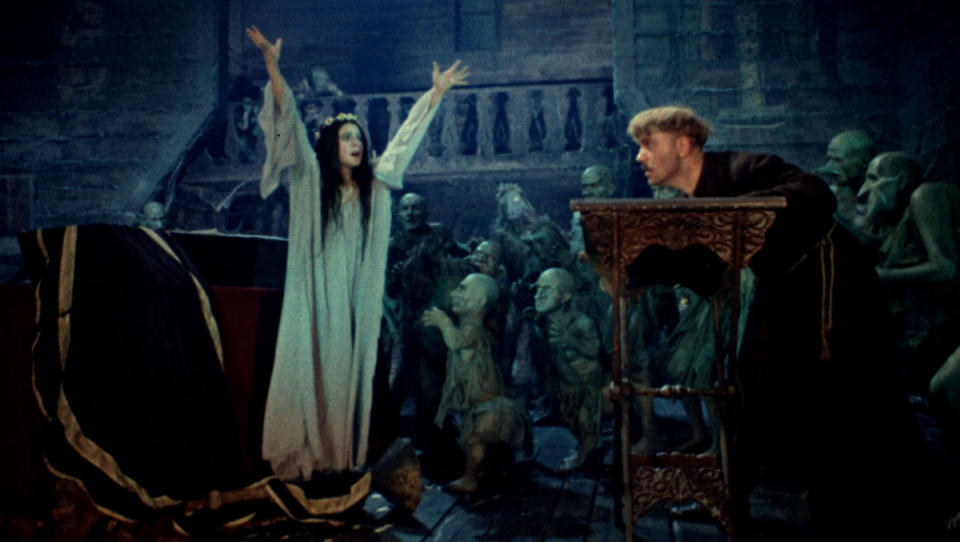
There’s only one Russian movie, but it’s a doozy. 1967’s Viy based on the Nikolai Gogol story of the same name is the first horror movie from the Soviet Union. It follows a young orthodox priest who agrees to sit vigil over the body of a young village girl who died under mysterious circumstances. For three nights he must do this. Turns out, the young girl was a witch, and each of the three nights she rises to seduce him. He must withstand her demonic intentions and combat the growing forces of darkness that attack him. Truly amazing effects for the era, and one of the best Gothic chillers ever made.
Folk Horror from Scandinavia
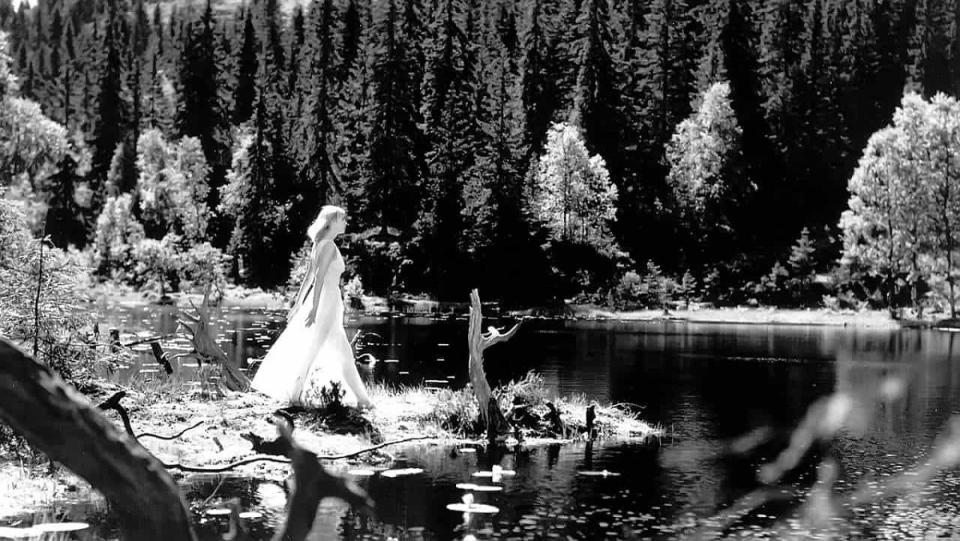
If you’ve seen any Ingmar Bergman movies, you know there’s always an air of horror to even the least horrific movie from Scandinavia. But they also make real horror movies! Two such movies appear in the box set and also on Shudder. The first is a 1958 Norwegian movie called Lake of the Dead, which finds a group of friends staying at a remote and chilly cabin in the mountains near a lake. They go there to join their other friend, but arrive to find him missing and his dog dead. The cabin has a curse on it, evidently, following a local legend where a man went mad at the cabin, killing his sister and her lover before drowning himself in the lake. So maybe that happened again?
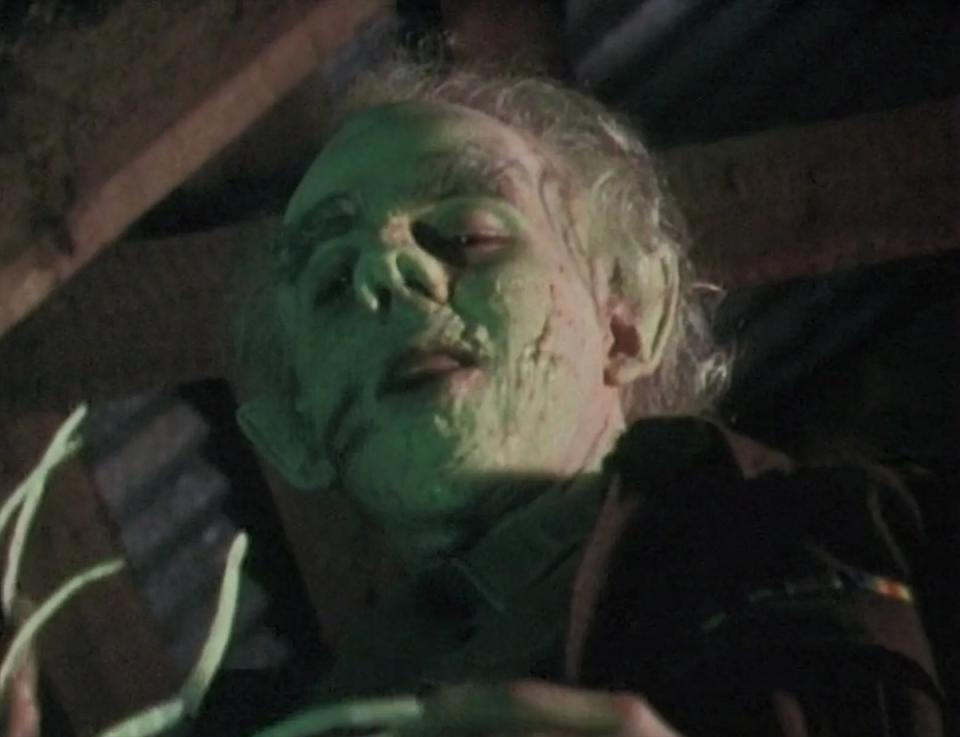
The second is a very strange Icelandic TV movie called Tilbury from 1987. It takes place in 1940, during a time when the British occupied Iceland as a base of operations during WWII. Our hero returns to Reykjavik to do manual labor for the British Army and discovers his childhood crush is evidently dating a repulsive British officer named Tilbury. As there’s a language barrier, the name Tilbury sounds a lot like the creature “tilberi” from Icelandic folklore. The creature is a disgusting little incubus thing, which the movie explains in detail but I’ll let you to discover this on your own.
Italian Folk Horror
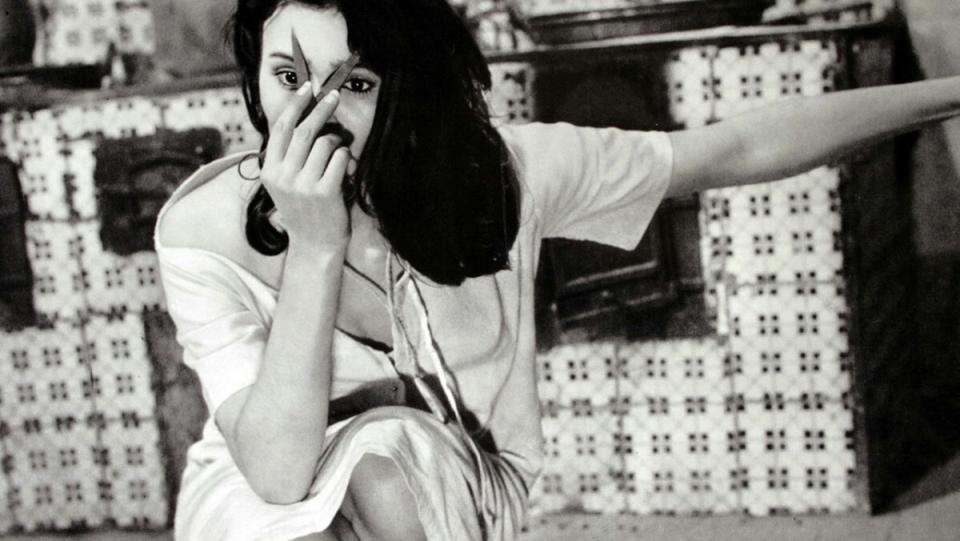
You know ya boy loves himself some Italian horror movies. The two in the box set, however, are much different from the usual Lucio Fulci or Mario Bava offering. The one I hadn’t seen before is called Il demonio from 1963. This is sort of a rural Italian take on the witchfinder-style story. A woman is in love with a married man in her village. He sleeps with her all the same, and then rejects her outright. She then attempts to place a hex on him and wishes for his wife to die. She’s not actually a witch, but it doesn’t stop the supremely Catholic community to proceed as though she is. Il demonio features an absolutely brilliant performance by Dahlia Lavi which is worth the watch alone.
The other Italian movie, Dark Waters from 1993, is decidedly more supernatural but no less Catholic. A young Englishwoman travels to a remote island convent to uncover some kind of familial connection and finds the villagers have communed with some kind of eldritch abomination and taken to sacrifice and torture to appease it.
Australian Folk Horror

Two fascinating Australian folk horror movies are on Shudder. The first is Alison’s Birthday from 1981 in which our titular heroine returns home to her aging aunt and uncle’s place for her 19th birthday. Her boyfriend comes with her, but the parental figures seem less than pleased with this. Strange things happen in the days leading up to Alison’s birthday and it appears Alison is next in line for a religious sacrifice. Oops!
Next up is more historical drama than straight-up horror. Celia from 1989 finds a young girl in 1950s rural Australia blurring the lines between reality and fiction, folklore and history, during a particularly fraught time in the country. The Communist red scare and the very real law in Australia in which pet rabbits were taken from their owners blend with Celia’s reading about terrifying fairy tale creatures called “hobyahs.”
North American Folk Horror
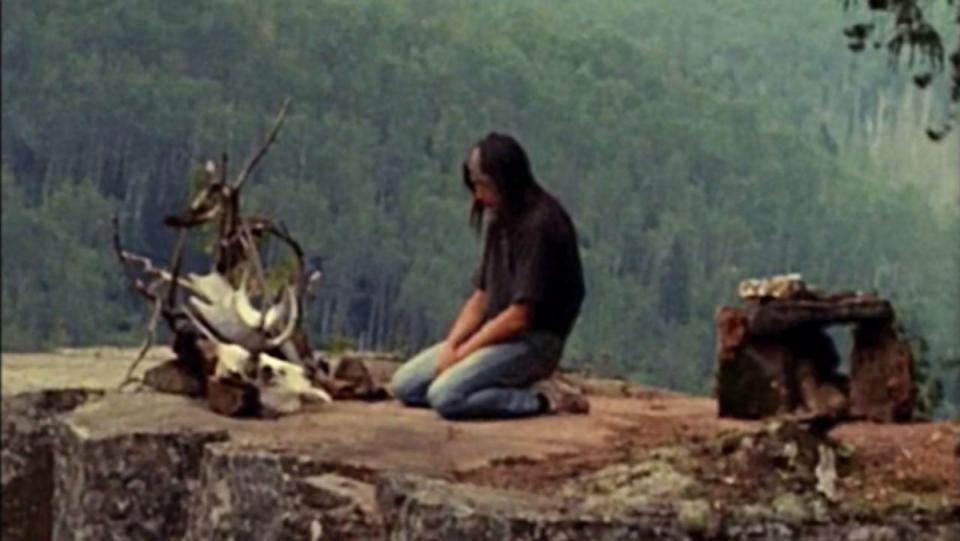
To close us out, we have a couple of movies from Canada and the United States. The Canadian movie, Clearcut from 1991, finds a white lawyer traveling to Northern Ontario to join the indigenous population in their protesting of a logging companies clearcutting of old growth on their land. The lawyer believes himself to be sympathetic to their cause but he quickly learns the anger of indigenous people when a rogue man named Arthur (the amazing Graham Greene) kidnaps the logging company president and forces the lawyer to tag along on what amounts to a fight for survival. Is Arthur a militant, or the vengeful spirit of oppressed indigenous people? Maybe both?
And finally, the newly rediscovered American movie Eyes of Fire from 1983. It follows an adulterous priest in the 18th century frontier who leaves with his followers to “the promised land,” which devolves into lust, madness, pagan vengeance, and hallucinatory terror. Though virtually unseen until recently, Eyes of Fire is what many consider the seminal American folk horror movie.
There you have it, friends. A huge swath of movies to check out. Some may not be your thing, but the variety alone makes this collection well worth your time. Be sure to check out Shudder’s whole catalog of folk horror titles, encompassing far more than we’ve discussed here.
Kyle Anderson is the Senior Editor for Nerdist. You can find his film and TV reviews here. Follow him on Twitter!
The post Explore a Treasure Trove of Folk Horror on Shudder appeared first on Nerdist.

